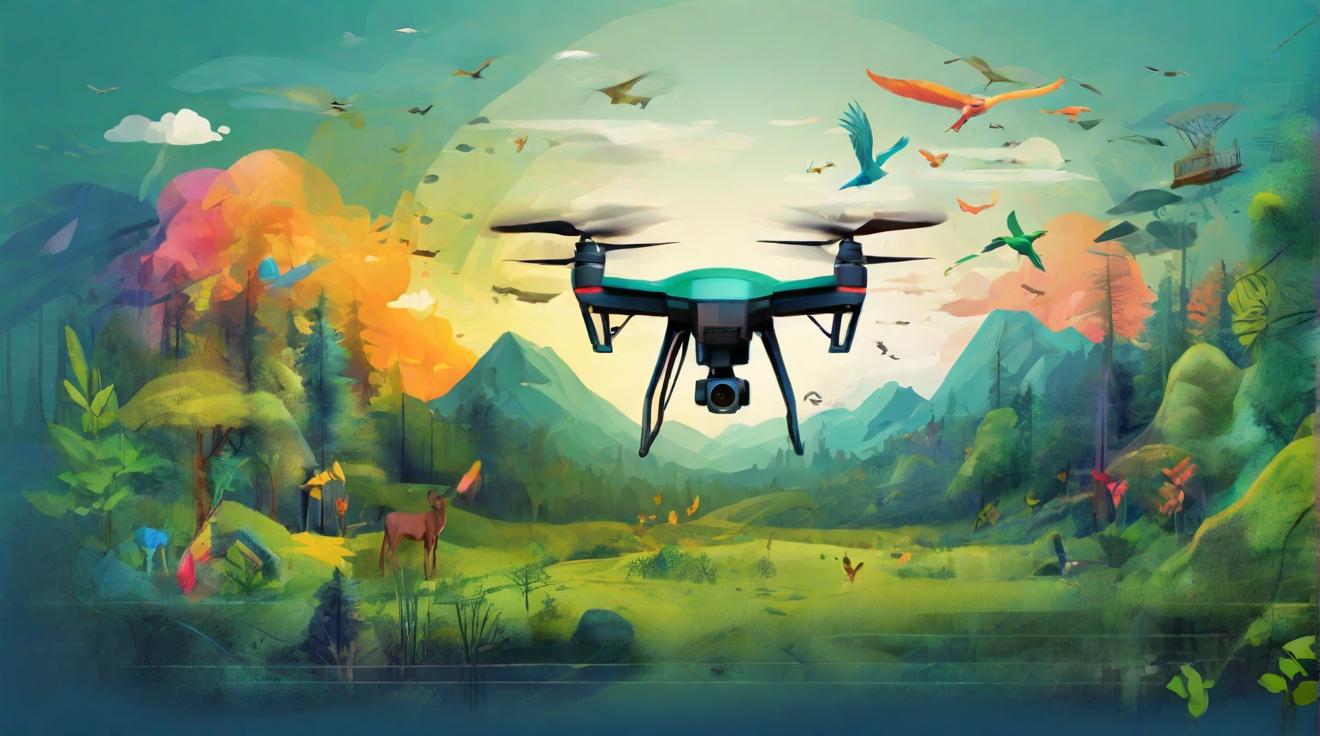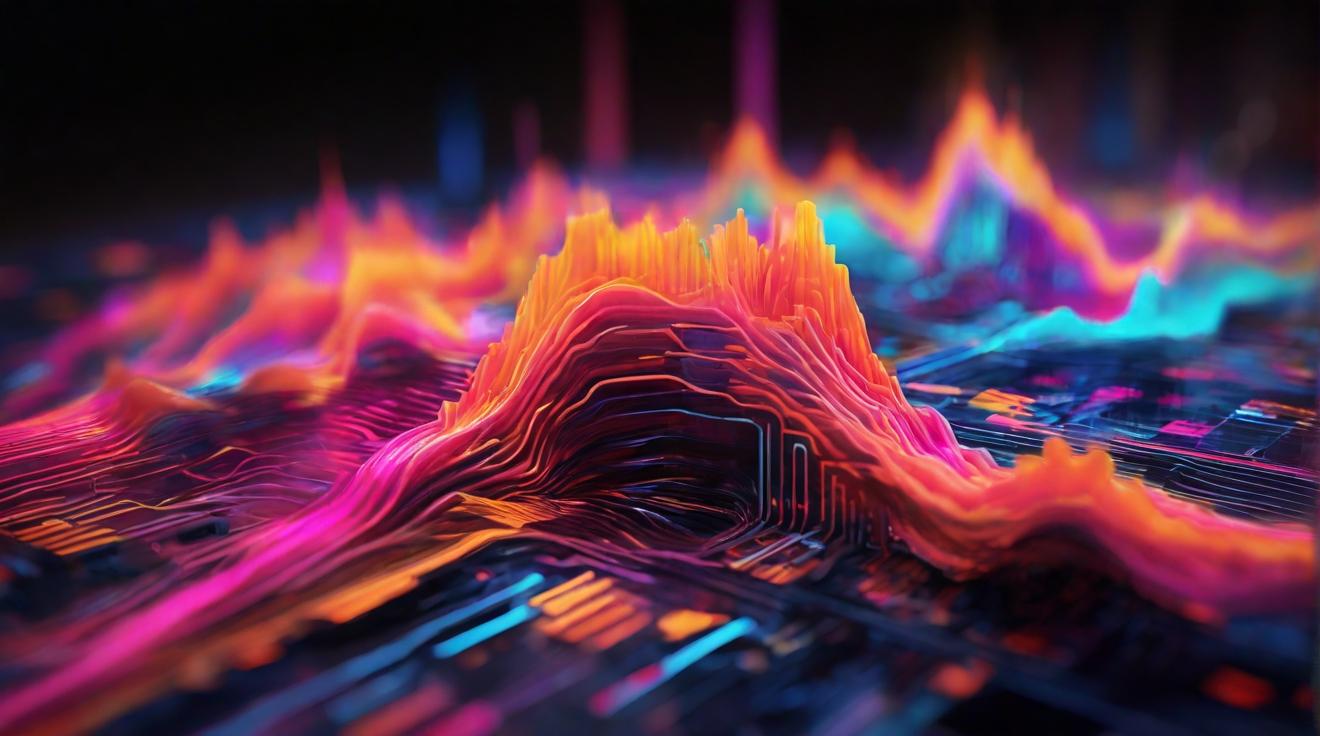AI-Powered Environmental Monitoring Drones: Enhancing Conservation Efforts SWOT Analysis
In an era where climate change and environmental degradation pose significant challenges, AI-powered environmental monitoring drones are emerging as pivotal tools in conservation efforts. These sophisticated devices offer a cutting-edge approach to studying and protecting our planet's natural resources. This SWOT analysis delves into the strengths, weaknesses, opportunities, and threats associated with the deployment of AI-driven drones in environmental monitoring and conservation.
Strengths: Precision and Efficiency
AI drones stand out for their precision and efficiency in collecting data. Equipped with advanced sensors and imaging technology, they can cover vast areas of land and water, mapping ecosystems with remarkable detail. This capability is crucial for tracking changes in biodiversity, detecting illegal logging or poaching activities, and monitoring the health of coral reefs. The integration of artificial intelligence enables these drones to analyze data in real-time, identifying potential environmental threats swiftly.
Moreover, these unmanned aerial vehicles excel in accessing remote or hazardous locations, such as dense forests, high mountains, or polluted waters, where human presence is either risky or impractical. This advantage ensures that conservation efforts can be comprehensive and inclusive of all ecosystems.
Weaknesses: Technical and Regulatory Challenges
Despite their advantages, AI-powered drones face technical challenges. The dependency on sophisticated technology and software means that they require frequent updates and maintenance, leading to potential downtime. Additionally, their effectiveness is heavily reliant on the quality of the AI algorithms, which must be continuously refined to interpret environmental data accurately.
Regulatory hurdles also pose significant obstacles. In many regions, the deployment of drones for environmental monitoring necessitates navigating complex legal frameworks and obtaining various permissions, which can delay conservation initiatives.
Opportunities: Collaborative and Scalable Conservation Efforts
The rise of AI-powered environmental monitoring drones opens up vast opportunities for collaborative conservation efforts. By sharing data and insights, organizations can work together more effectively to address environmental challenges. Furthermore, the scalability of drone operations allows for their application in various contexts, from local conservation projects to global environmental monitoring programs.
As technology progresses, future iterations of these drones are expected to become even more sophisticated, incorporating machine learning and predictive analytics to anticipate environmental changes and threats. This evolution will undoubtedly enhance the capability of conservationists to protect the planet.
Threats: Privacy Concerns and Environmental Impact
However, the deployment of AI drones is not without its threats. Privacy concerns are paramount, as the extensive data collection capabilities of these devices could potentially be misused. Ensuring that drone operations comply with privacy laws and ethical standards is critical to maintaining public trust.
Additionally, while drones offer a greener alternative to some traditional methods of environmental monitoring, their production, operation, and disposal still have an environmental footprint. Addressing these impacts is essential to ensuring that the benefits of drone technology do not come at the expense of the environment.
Conclusion
AI-powered environmental monitoring drones represent a groundbreaking tool in the arsenal of conservation efforts. Their ability to gather precise data efficiently and access remote locations offers unprecedented opportunities for protecting the planet. However, overcoming technical challenges, regulatory barriers, and addressing privacy and environmental concerns is crucial to fully leveraging this technology. As we advance, the integration of sophisticated AI with drone technology holds the promise of transforming conservation practices, making them more effective and far-reaching.













